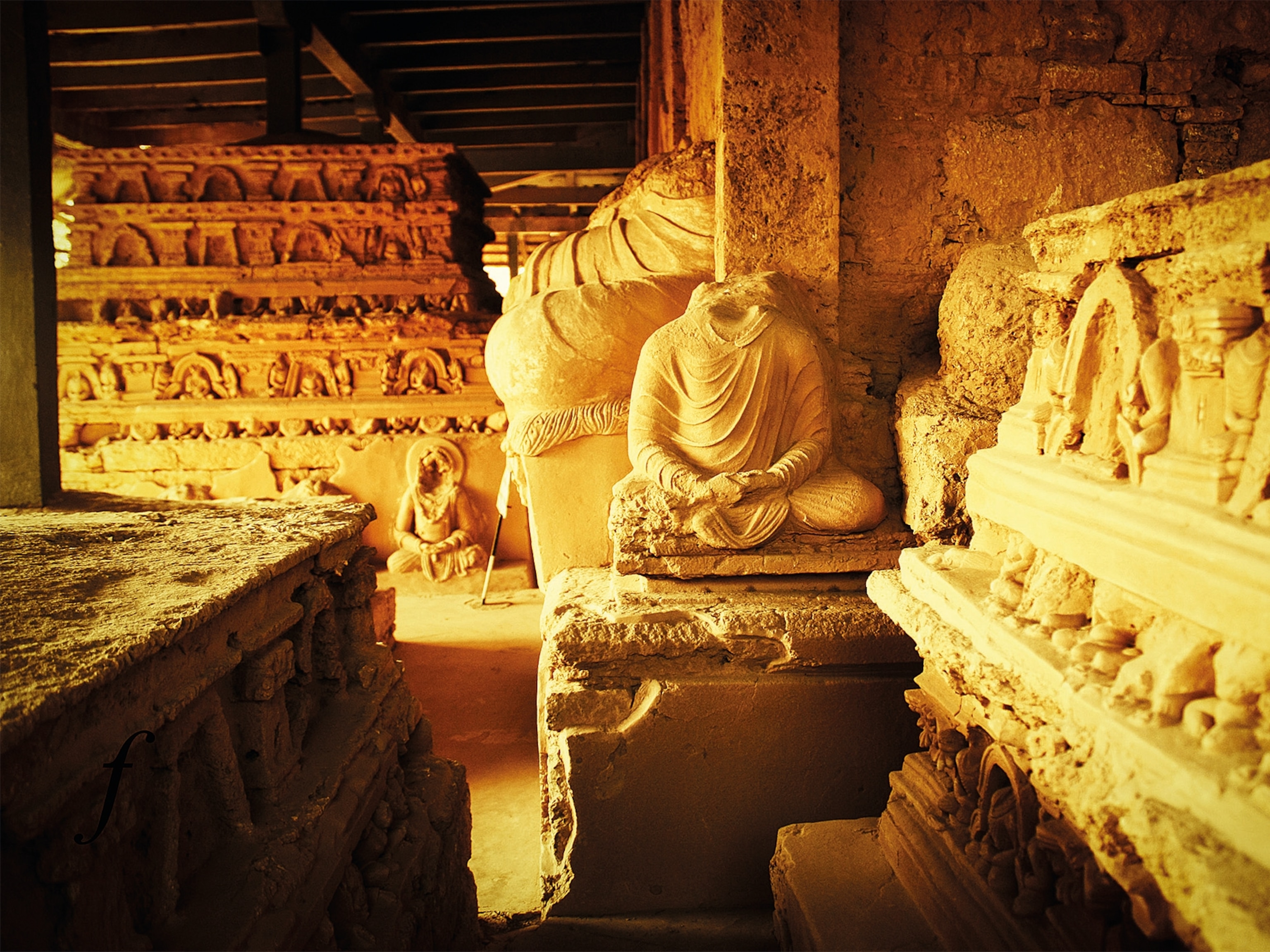DNA from this 3,000-year-old brick tells the story of a king—and cabbages
2,900 years ago, Assyrian king Ashurnasirpal II declared a sun-baked mud brick as his. Can it now reconstruct the environment he lived in?

A mud brick from a 2,900-year-old palace may contain secrets of its place and time, in the form of ancient DNA from a host of plants that flourished in the surrounding environment. A new study of the brick—if validated—could have future researchers eyeing humble clay as a genetic “time capsule” that provides new information about vanished ecosystems.
“There’s such a huge focus on the loss of biodiversity today, but we’ve been lacking sources,” explains Sophie Lund Rasmussen, a biologist at the University of Oxford.
In the study published in Nature Scientific Reports, Rasmussen and her colleagues describe their efforts to extract ancient plant DNA from the mud used to make the sun-dried brick and suggest clay from other archaeological sites may hold similar information.
“Almost every archaeological site, everywhere in the world, has clay,” Rasmussen says. “And now we’ve provided this concept of using these pieces of clay as time capsules to describe biodiversity.”
Property of a king
The brick was unearthed more than 70 years ago in an archaeological excavation at the site of the Neo-Assyrian capital of Nimrud, near Mosul in what is now Iraq. A remarkable cuneiform inscription on the brick’s surface indicates it formed part of the royal compound: “The property of the palace of Ashurnasirpal, king of Assyria,” the inscription declares.
It refers to the second Assyrian king of that name, who built what is known as the Northwest Palace at Nimrud and reigned between 883 and 859 B.C. The fact the inscribed brick can be directly dated to Ashurnasirpal’s rule gave the scientists an approximate date of its manufacture, some three millennia ago.
Read about how ISIS bulldozed an Assyrian palace.
The opportunity to study the brick, currently in the collections of the National Museum of Denmark, came by accident—it broke while being digitally scanned in 2020, says Assyriologist Troels Pank Arbøll of the University of Copenhagen, who like Rasmussen is a lead author of the new study.
The researchers took samples from the relatively uncontaminated clay on the new surface of the fracture, then extracted DNA from the samples using a protocol adapted from one designed for porous materials like bone. Subsequent sequencing revealed that the mud brick contained DNA from 34 distinct groups of plants in the ancient clay, including many plants related to cabbages (Brassicaceae) and heathers (Ericaceae).
They also found traces of birches (Betulaceae), laurels (Lauraceae) and cultivated grasses from the genus Triticeae—the group that includes barley and wheat.
Of cabbages and kings
Arbøll says the predominance of cabbages is curious because there seems to be no record that the Assyrians ate them in the many surviving cuneiform texts that were written around this time, usually on clay tablets. These include several culinary recipes that give their ingredients.
“Cabbage doesn’t really figure in the ancient texts,” he says. “It makes you wonder if this was a wild species that hadn’t been cultivated, or if it’s something that hasn’t been recorded or identified in the texts we’ve found.”
Rasmussen adds that the researchers had also seen traces of ancient animal DNA in the samples, and similar techniques could be used to fully identify them. She notes that applying the technique to pottery—which unlike a mud brick is fired in a kiln at temperatures that destroy DNA—may be more difficult.
“Perhaps if the pottery hasn’t been burned for long enough, or not burned completely, then there would be DNA left,” she says. “We just don’t know that yet.”
Questions of contamination
Palaeogeneticist Peter Heintzman, an ancient DNA expert at Stockholm University who wasn’t involved in the study, says he’s concerned any genetic material extracted from the brick could reflect contamination by more modern sources, including air-borne pollen from plants now grown in Iraq and Europe, such as cabbages, wheat, and barley.
“The authors do a convincing job of excluding contamination from their lab and reagents,” he says in an email. “However, they do not discuss the possibility that the brick itself may have traces of inherent contamination, especially given its porous nature.”
Heintzman’s concerns are echoed by Logan Kistler, curator for archaeobotany and archaeogenomics at the Smithsonian National Museum of Natural History, who also wasn’t involved in the study.
“There’s work left to do to make sure that the DNA fragments are truly ancient, which is extremely important with any new material,” he notes, but adds that the new research is exciting nonetheless: “New sources like this could be genetic time capsules of cultures and environments in the past.”





